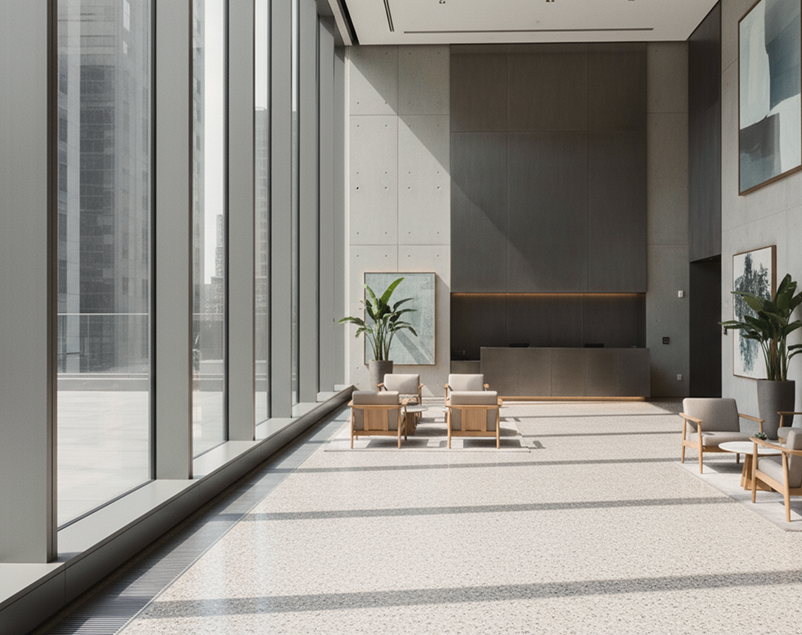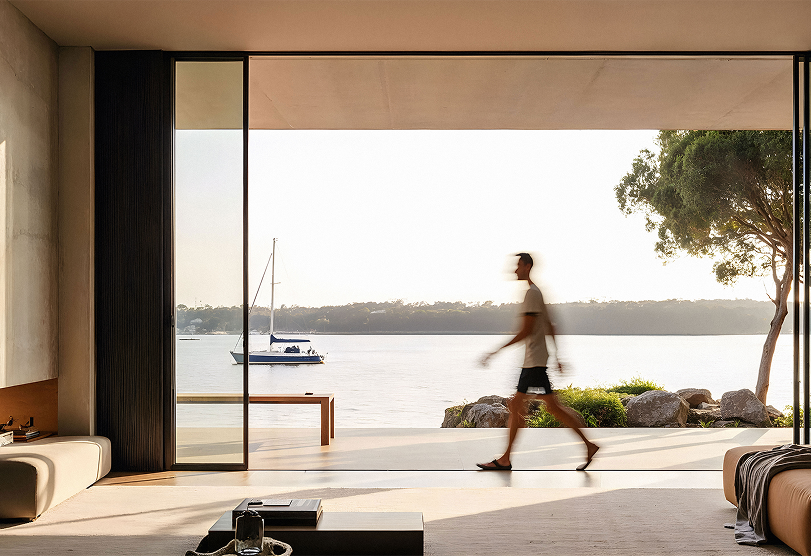Insights and advice from
the film experts
the film experts

When it comes to managing heat, glare and privacy in a commercial space, the words “tint” and “window film” often get used interchangeably.
But there’s a big difference especially if you’re fitting out a modern office, retail space or public building. Here’s why architectural window film offers far more benefits than standard tint in commercial environments.
What’s the difference between window film and tint?
Tint typically refers to a basic, dyed film used to darken windows. It’s commonly applied in automotive contexts or residential settings and is mainly used for glare reduction and minor heat control.
Architectural window film, on the other hand, is an advanced solution engineered for:
- Energy efficiency
- UV and IR rejection
- Safety and security
- Privacy
- Commercial-grade durability
- Compliance with Australian building standards
It’s available in a wide range of finishes, including solar control, safety, decorative and security options.
Why film is the better fit for commercial properties
- More Effective Heat Rejection: Blocks both UV and infrared rays to significantly reduce indoor temperatures and HVAC load.
- Improved Light Management: Offers options for glare reduction without darkening the space.
- Stronger Durability: Made to withstand more extreme conditions and long-term exposure in large glass façades.
- Better Appearance: Won’t bubble, fade or peel like cheaper tints.
- Customisable Performance: Choose films with different performance ratings for different facings or floors.
- Safety & Compliance: Available in safety-rated and shatter-resistant versions to meet regulations.
Ideal applications for commercial window film
- Office towers and open-plan workspaces
- Shopfronts and retail fitouts
- Schools, universities and libraries
- Hospitals and aged care facilities
- Government and council buildings
- Hospitality venues with large glass frontages
Avoid these common mistakes
- Installing low-grade tint thinking it will perform like solar film
- Choosing appearance over actual performance data
- Forgetting to factor in building code or energy rating requirements
- Using automotive-style tint in a commercial or architectural context
